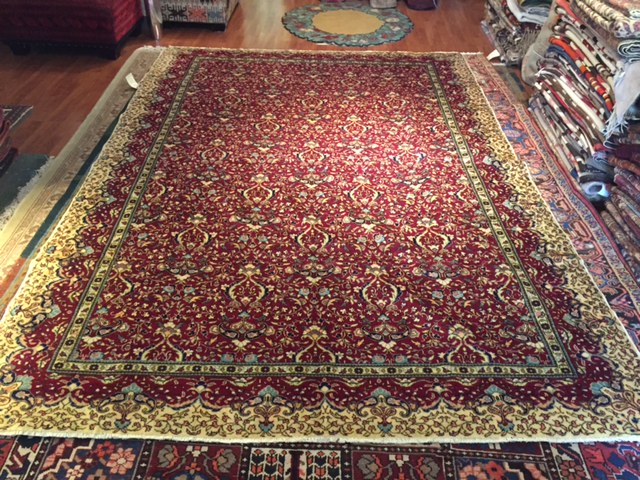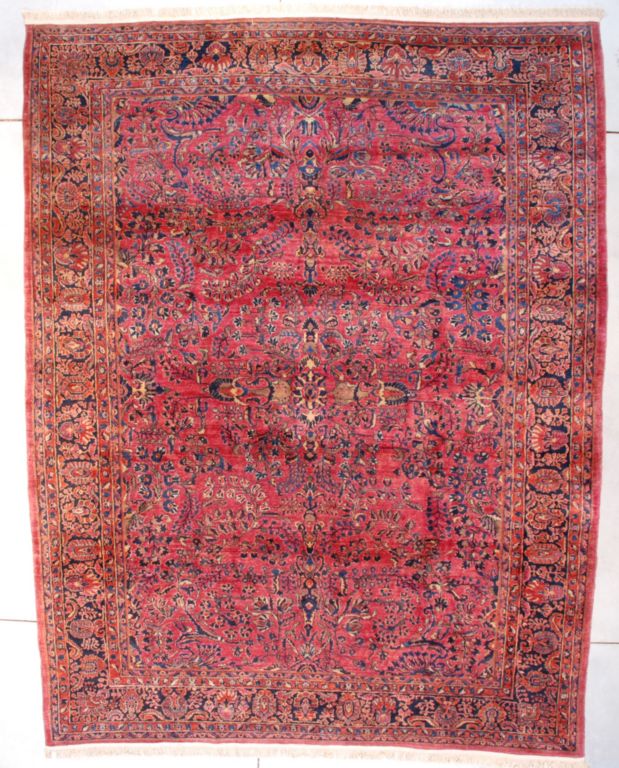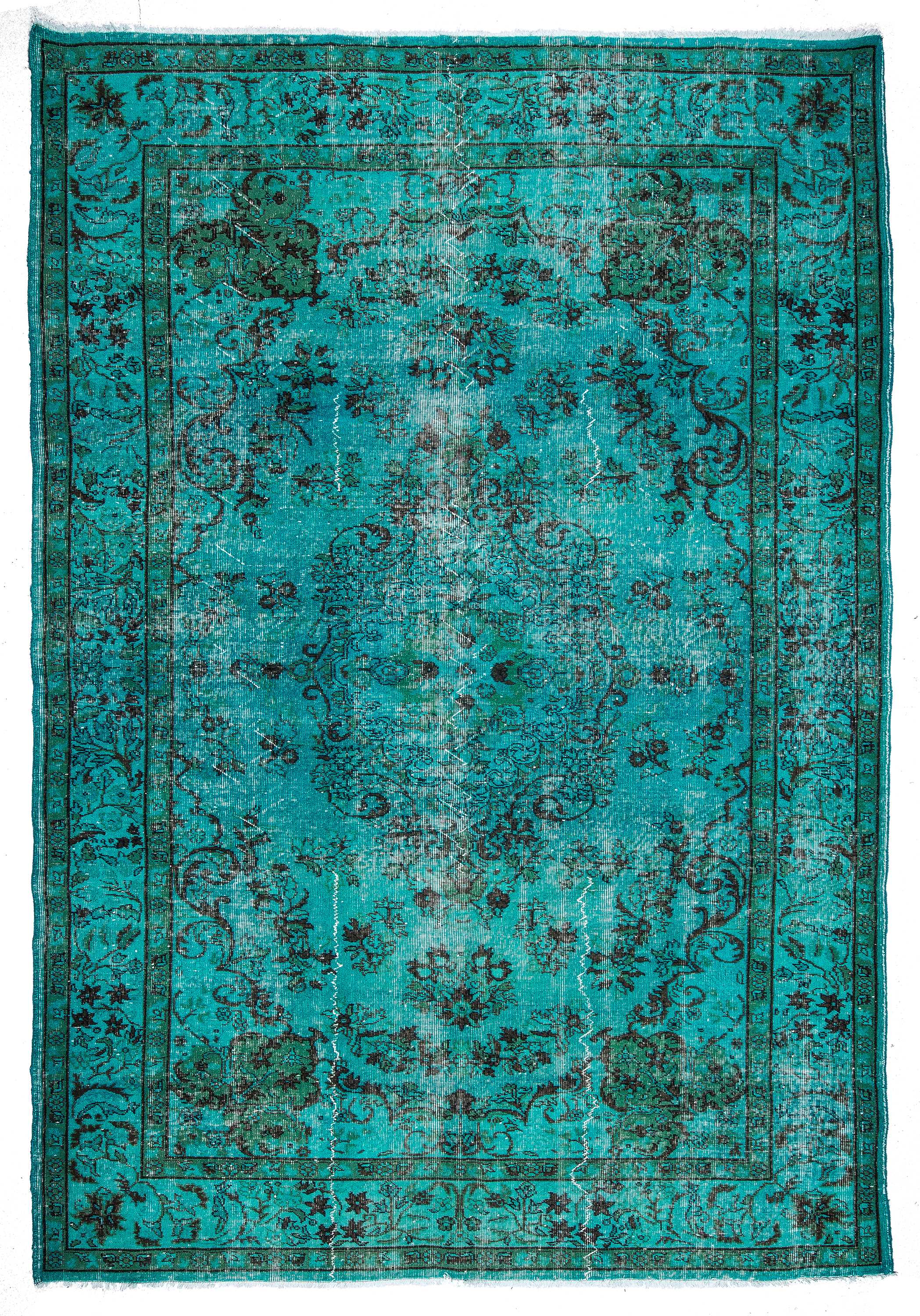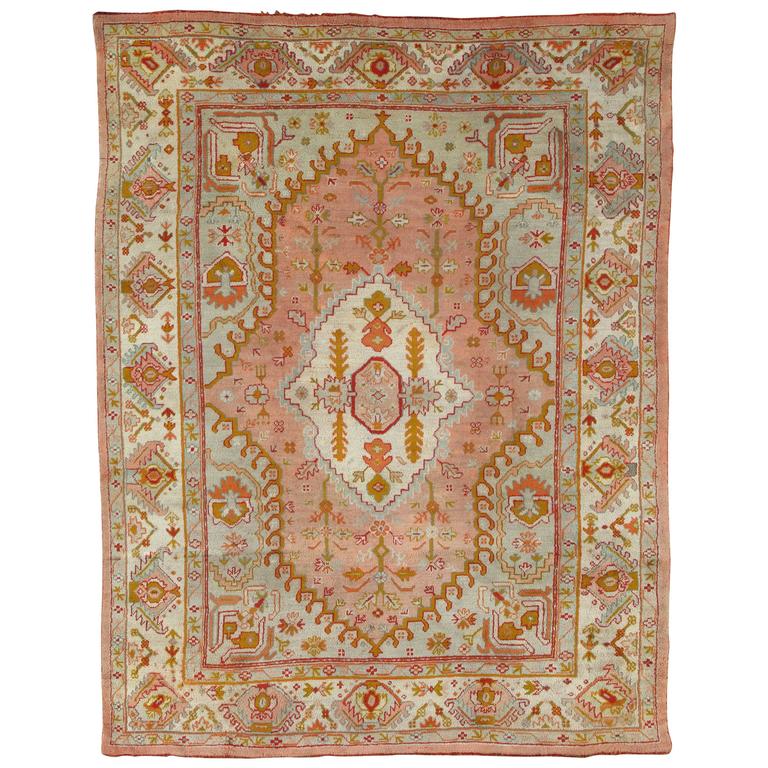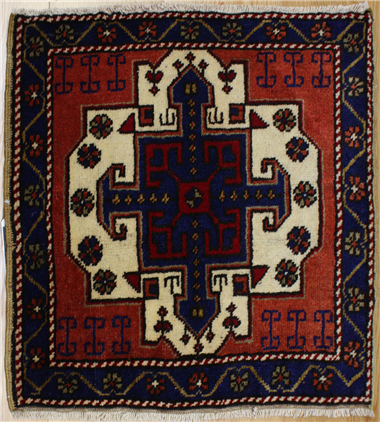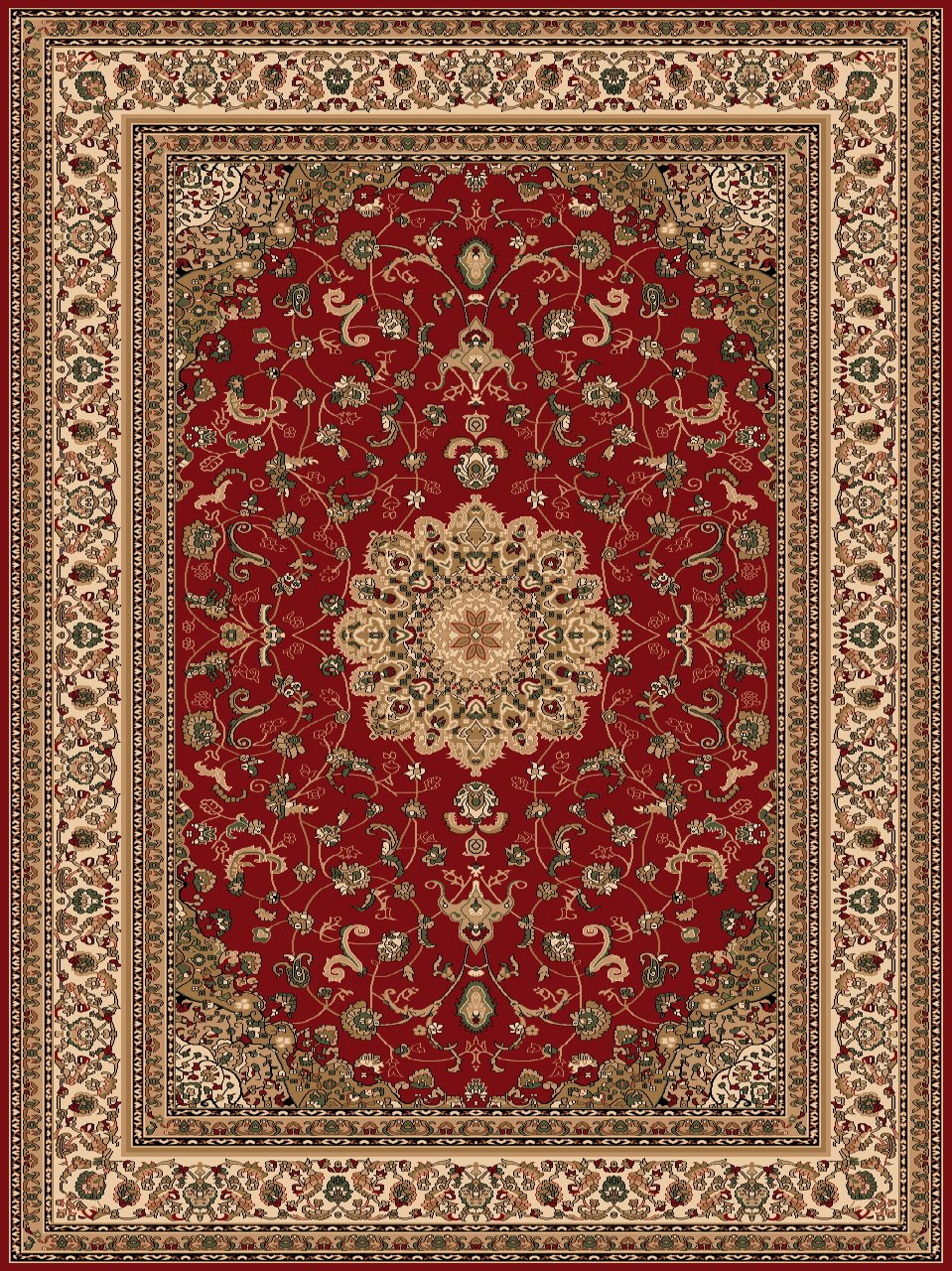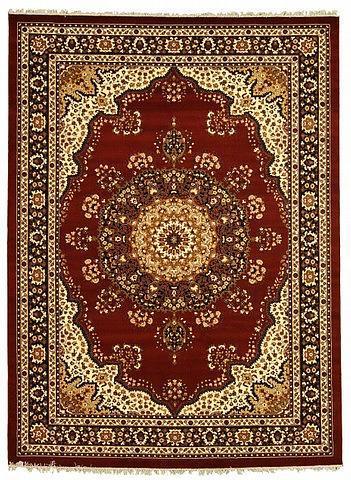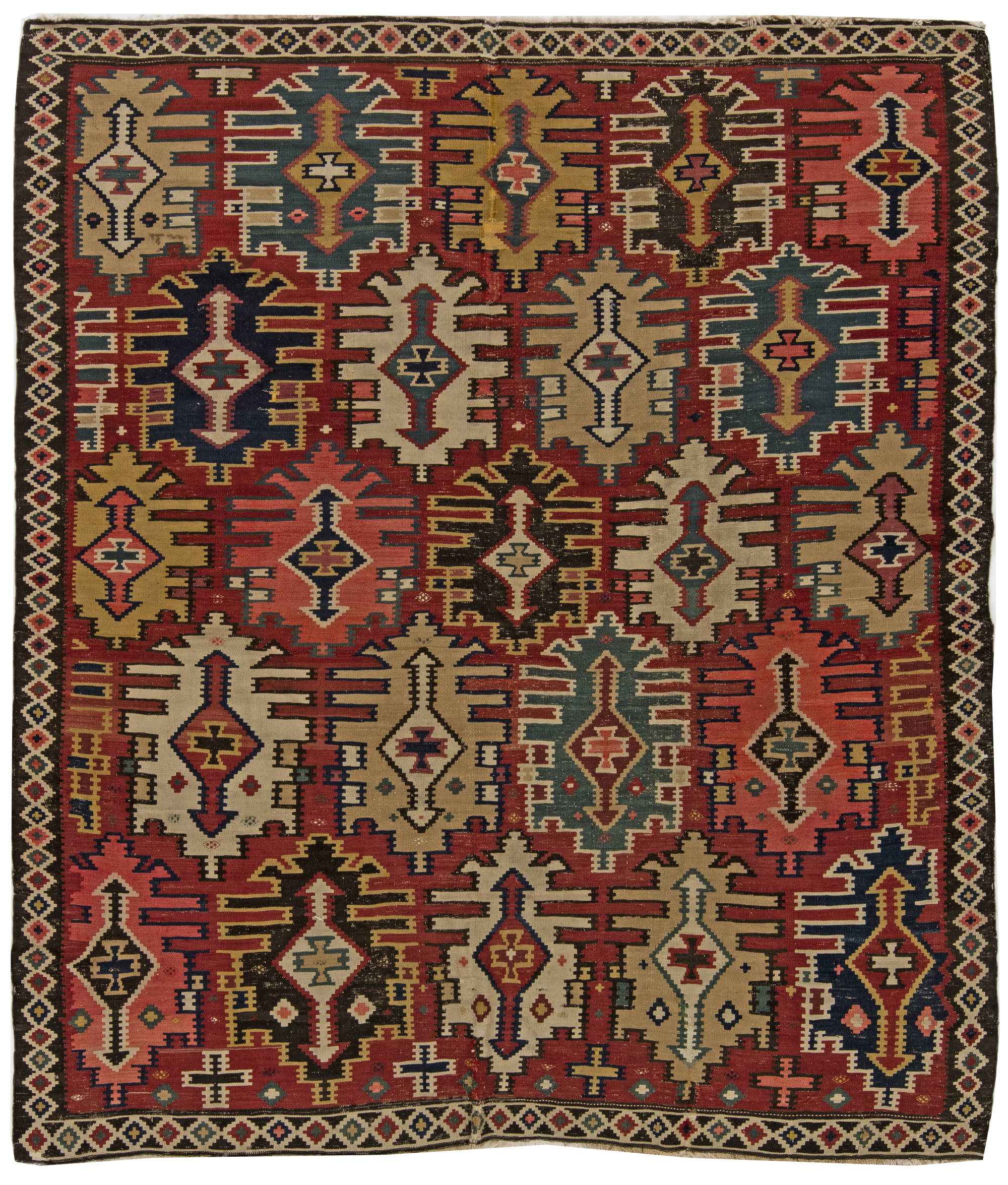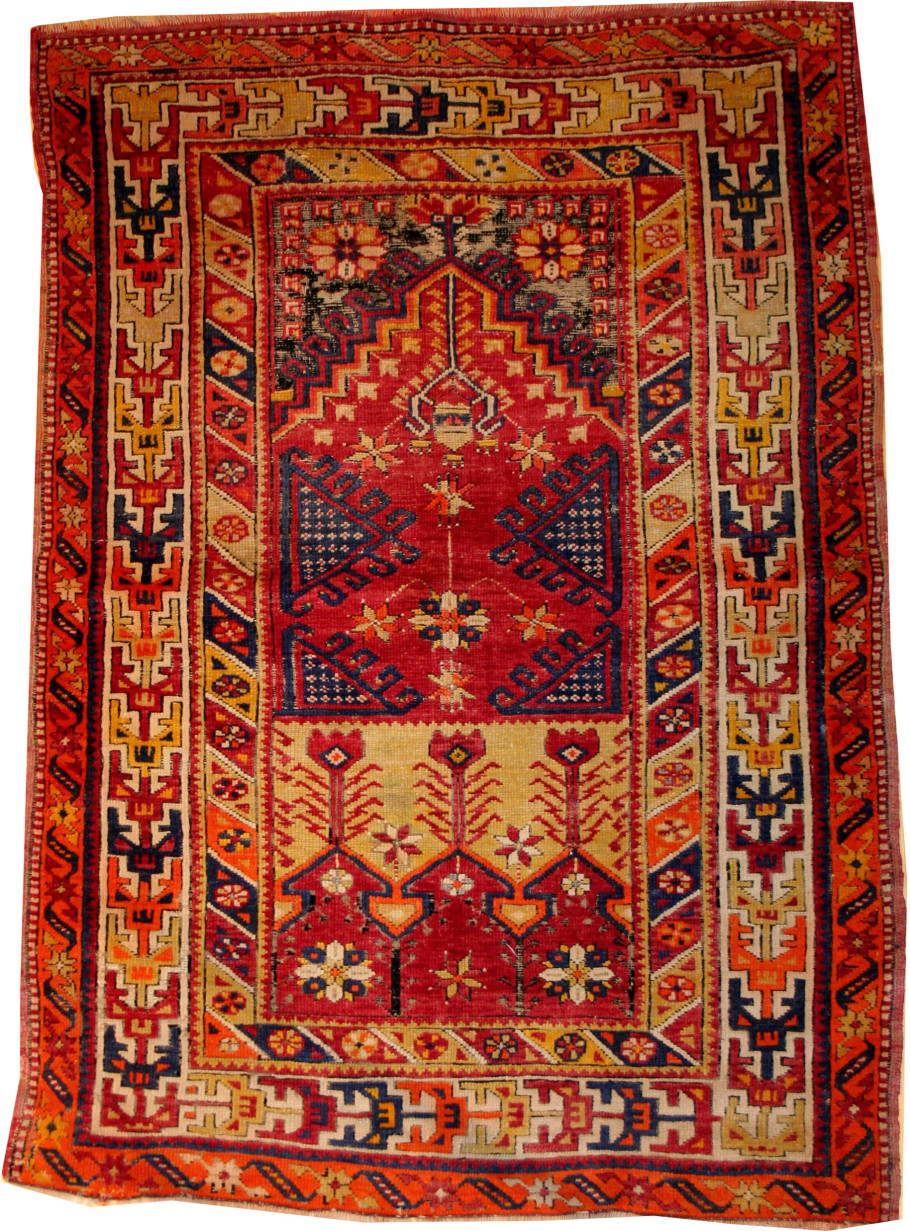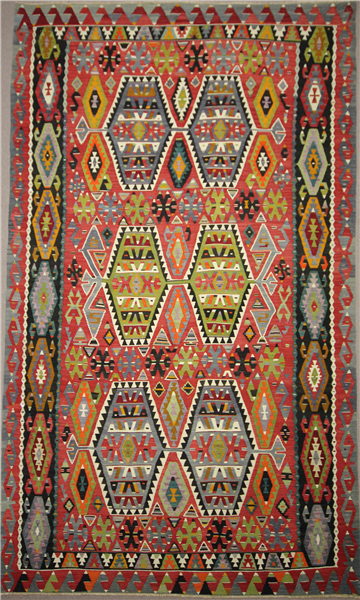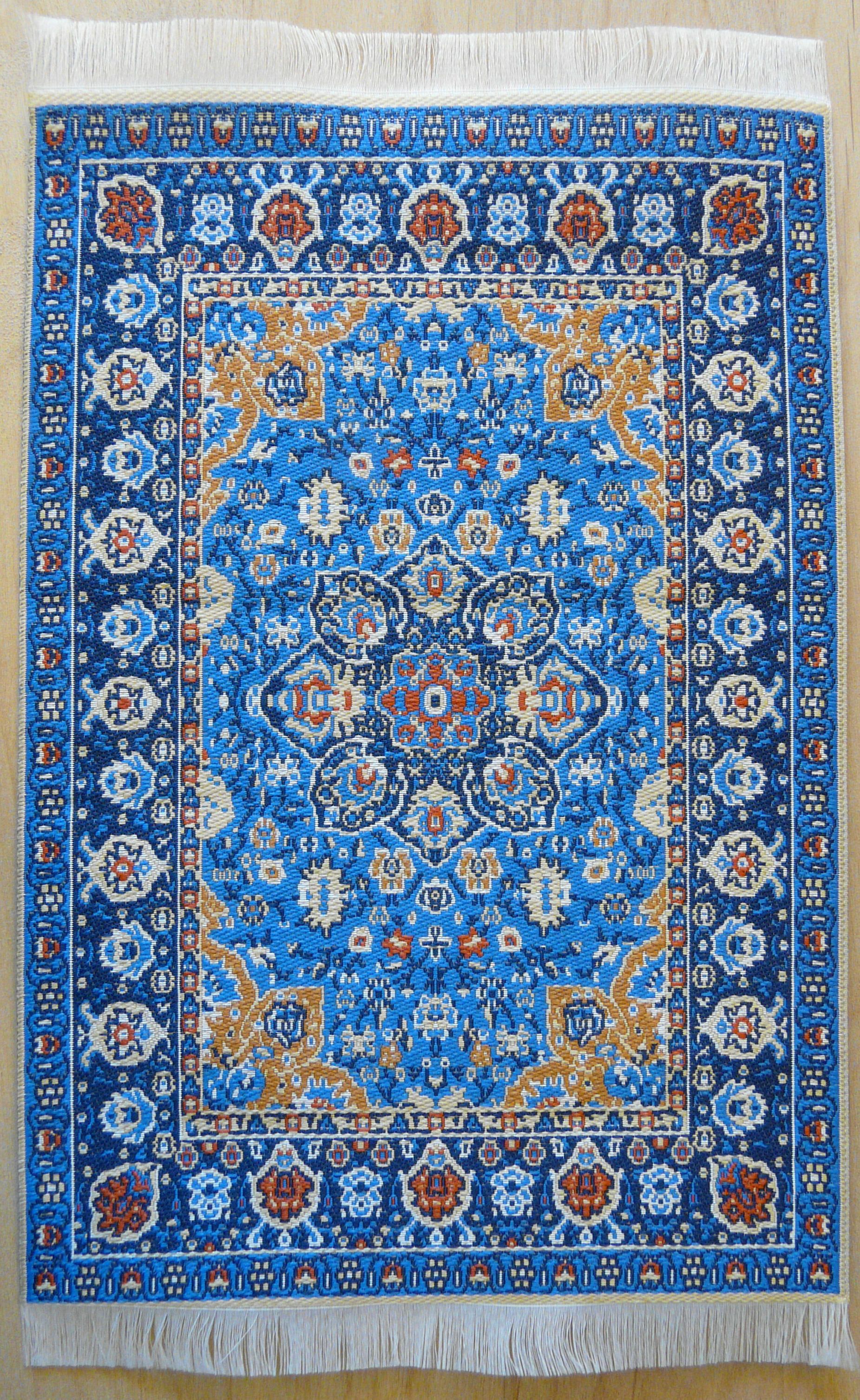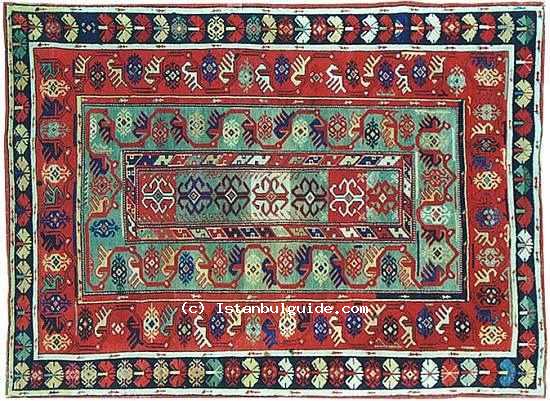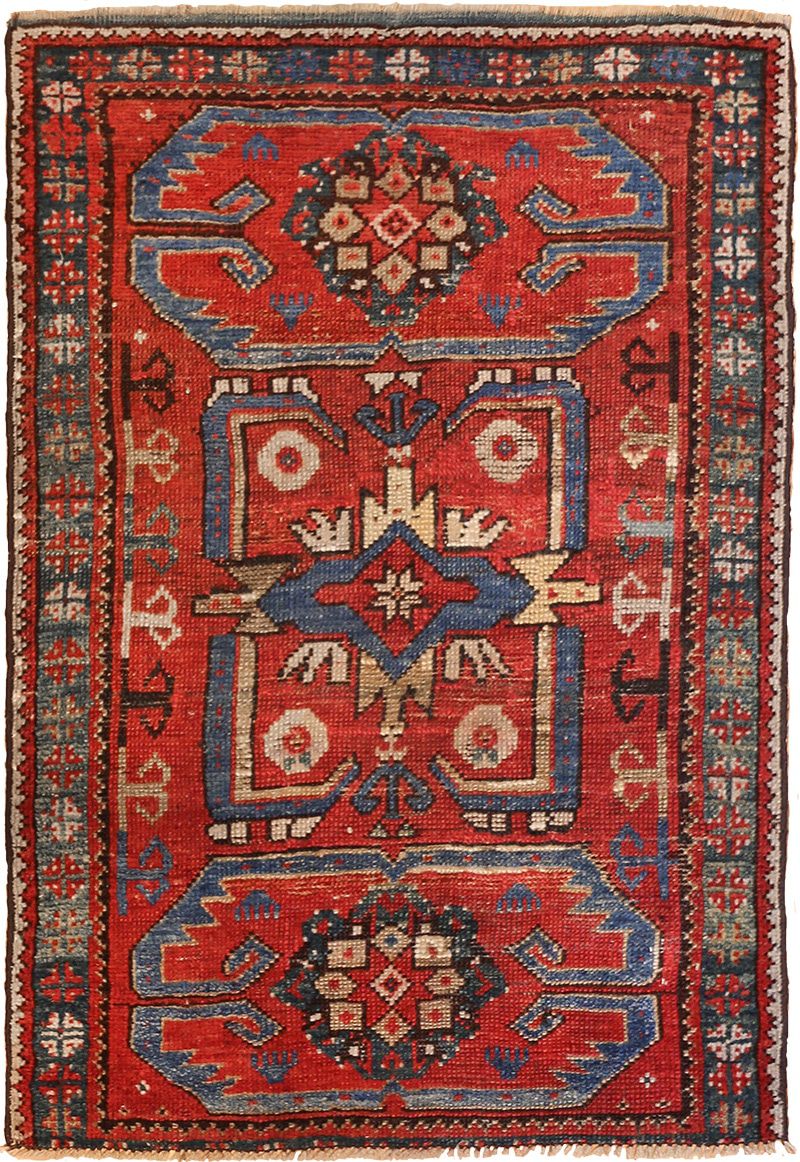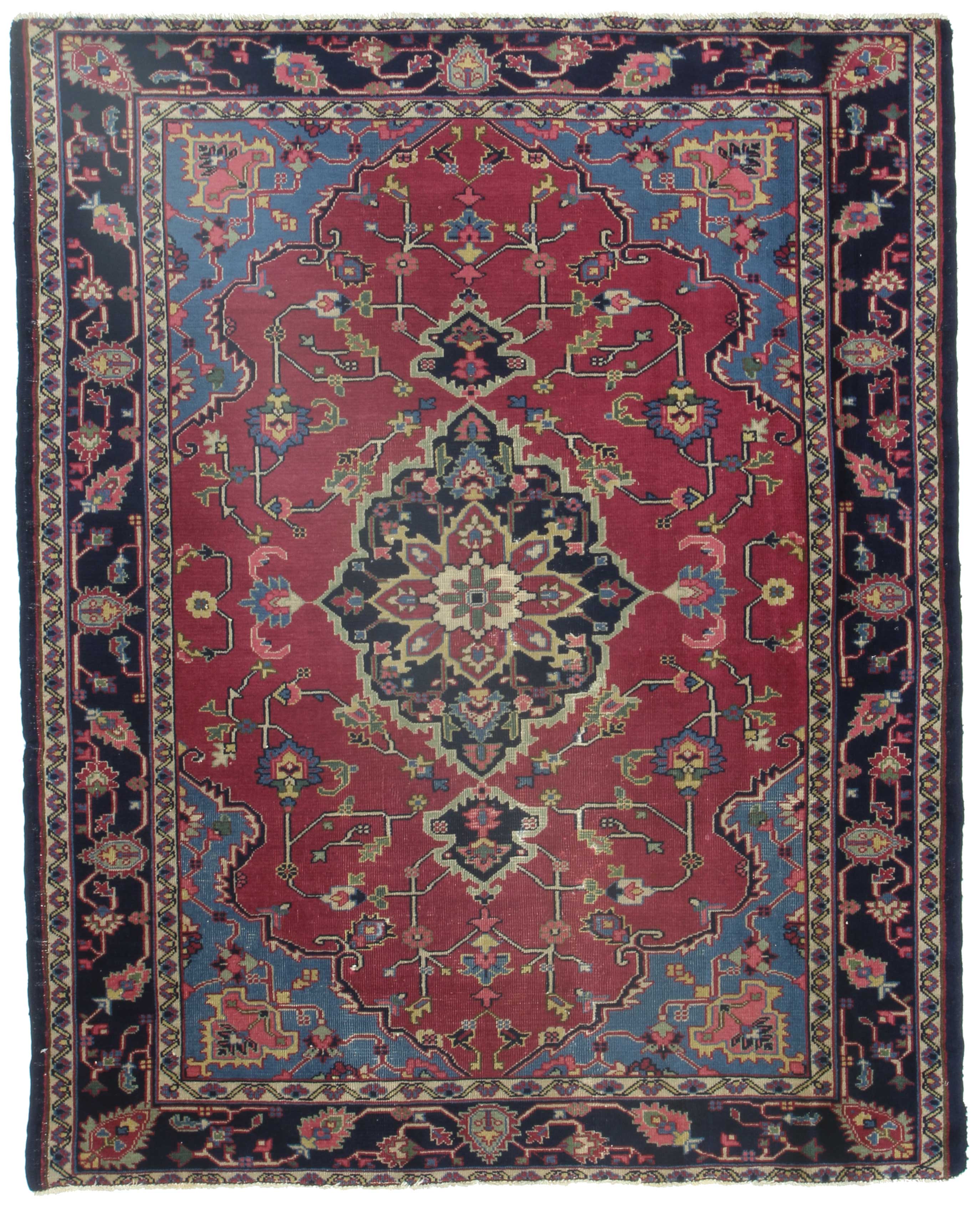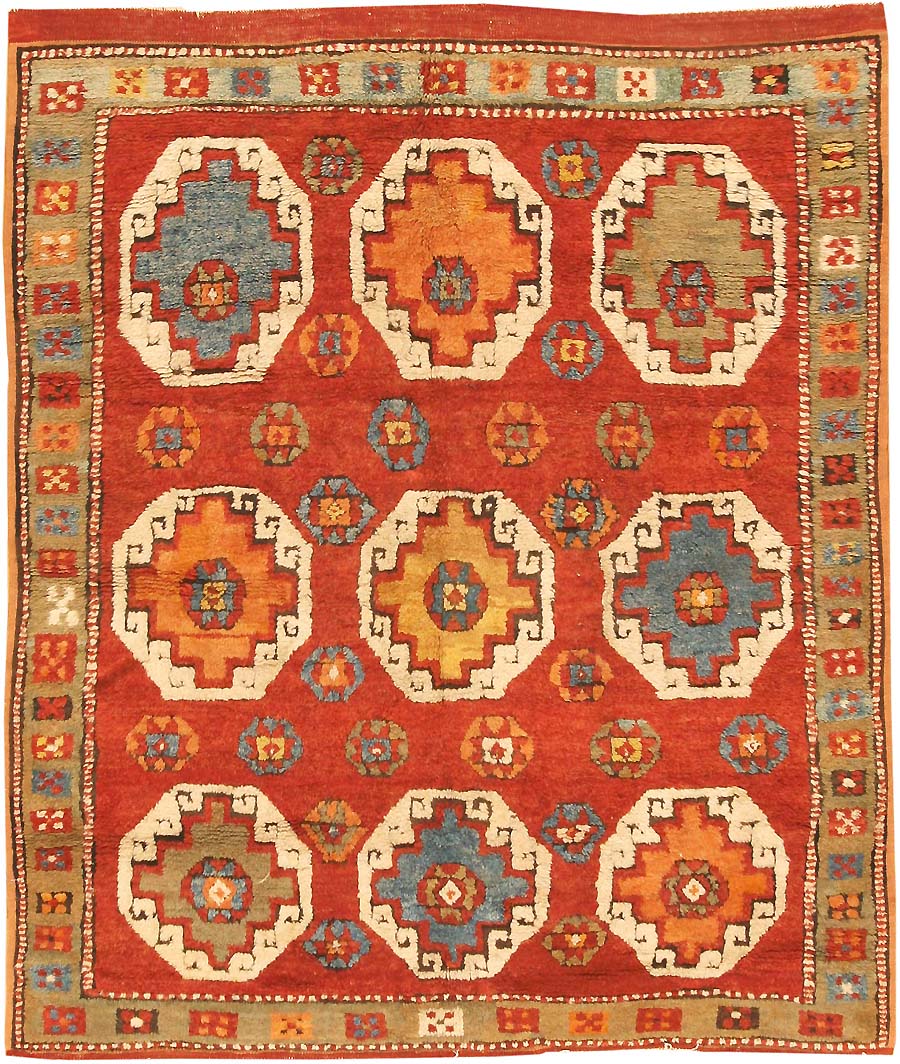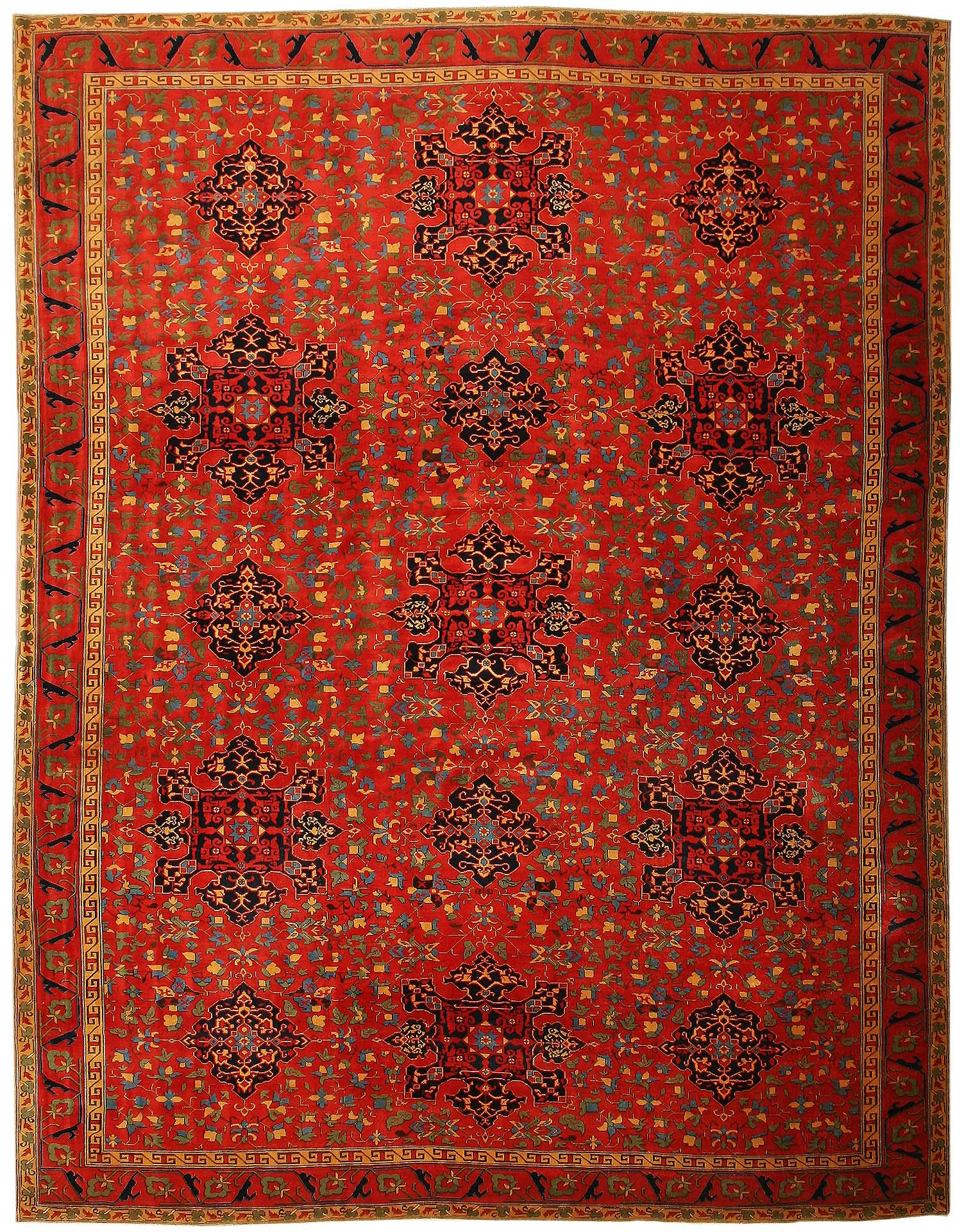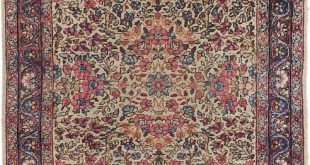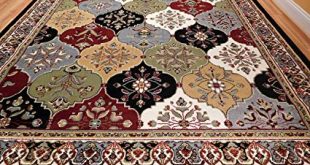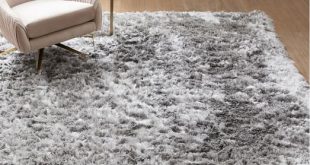You have a room that just needs something. The walls are decorated the way that you like. Colors all fit nicely together, but something is still missing. The floor is a nice space but could use something. Maybe it’s a hardwood floor, maybe it’s carpeted, but you’ve decided that it could use something. You go to your home decorating outlets and even search online for an idea of what to add to your room, and there it is! A Turkish rug! As you shop, investigate, do your diligence, you discover that there are differing types of Turkish rugs and the colors and patterns seem to be endless.
Types of Turkish Rugs
There is some variety where Turkish rugs are concerned. The types are: Hali, Kilim, Cicim, and Sumak. Materials used to build these rugs are typically either wool, cotton, silk, or some combination of those textiles and these rugs can come in virtually any size. The designs or patterns involved can tell a story as to which region the rug was made in and possibly even some history behind it. Maybe the designs on the rug you are looking at talk about a family, or something of other significance. It could be fun to research this and make it a conversation piece in your home.
Hali rugs are a thicker pile type rug. Kilim is a pileless weave that is common to various regions of Turkey and other lands of the area ranging from northern Africa to Persia and central Asia. Many times Kilim rugs are simply referred to as oriental rugs. Cicim, also pronounced “Jijim” is a flat weave that has its history in the Anatolia region of Turkey. Many times the Cicim is made up of strips of variously colored fabric that are flat-woven and then sewn together. Sumak (or Soumak) is a flat weaving technique that is similar to Kilim, only stronger. The face, or top of the rug will be smooth and the underside rough. There is an endless combination of colors for Turkish rugs. Natural dyes will last longer and cost more than chemical dyes.
What to do
Whether you are going to Asia to purchase an authentic, hand-crafted rug from the Anatolia region, or are purchasing an imitation from your local flooring outlet, a Turkish rug is a great addition to your decorating efforts. Whether it’s a thick Hali rug, or even a Soumak that you’ve decided to hang on the wall, you are not getting simply a rug, but quite possibly a piece of art and history.
 goodworksfurniture Decoration and home design ideas
goodworksfurniture Decoration and home design ideas
